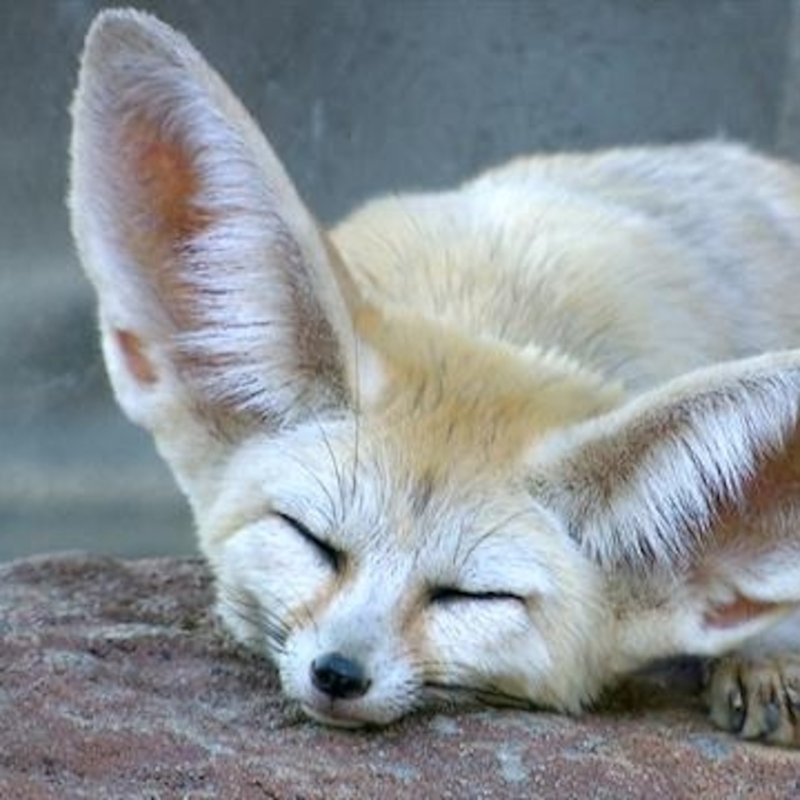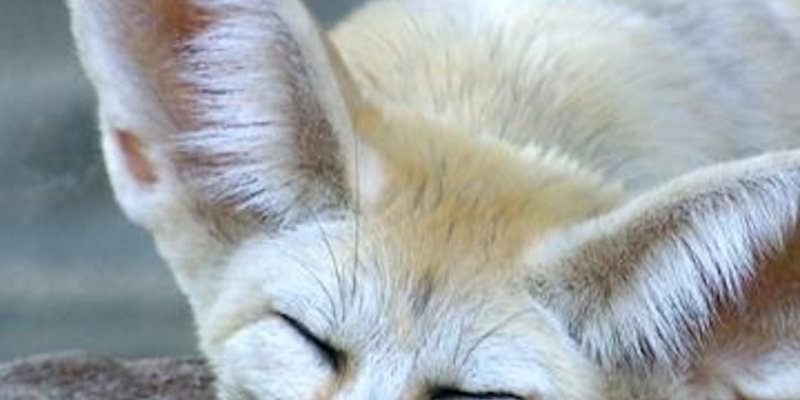
Fennec foxes are built for their environment, which isn’t just a random choice. Understanding their habitat and distribution helps us appreciate their unique adaptations. So, let’s dive deeper into where fennec foxes call home, how they survive, and what makes their habitat so special.
Understanding the Fennec Fox’s Habitat
Fennec foxes are native to the Sahara Desert, spanning several countries in North Africa, including Morocco, Algeria, Libya, Egypt, Mali, Niger, and Sudan. They thrive in arid environments where temperatures can soar during the day and drop considerably at night. If you’ve ever been to a desert, you know the landscape is a mix of sand dunes, rocky plains, and sparse vegetation—perfect for these little hunters.
These foxes are highly adaptable. While they are mostly found in sand dunes, they can also live in stony plateaus, gravel plains, and even semi-desert areas. This adaptability is key to their survival, allowing them to find shelter and food in varying conditions. Honestly, these little guys are like the ultimate survivalists, making the most of what their environment offers.
Physical Adaptations to Desert Life
You might be wondering how fennec foxes withstand such challenging conditions. Their huge ears aren’t just for show; they play a crucial role in regulating body temperature. These ears help dissipate heat, keeping them cool during the sweltering daytime. Plus, their light-colored fur reflects sunlight, making it easier to stay calm.
Another interesting adaptation is their ability to dig. Fennec foxes create extensive burrow systems to escape the heat and store food. These burrows serve as both a hideout from predators and a comfy home. The temperature underground remains relatively stable, allowing them a refuge from the harsh desert climate. It’s pretty fascinating to think about how their physical features are perfectly suited for desert living!
Diet and Hunting Techniques
Fennec foxes are omnivores, which means their diet includes both plants and animals. They primarily feast on insects, rodents, small birds, and fruit. You might find them hunting at night—this is when they’re most active, making better use of the cooler temperatures. Imagine these little guys scurrying about under the moonlight, using their sharp senses to find dinner.
One remarkable trait is their ability to go long periods without water. They get most of their hydration from the food they eat, which is especially crucial in their dry habitat. Seriously, when it comes to survival skills, fennec foxes are like tiny, furry ninjas of the desert!
Behavior and Social Structure
Fennec foxes are mostly solitary creatures, but they can also form small family groups. They communicate using a variety of sounds, like barks, yips, and even growls. These sounds are essential for signaling to each other when danger is nearby or when they’re looking for a partner.
They’re known for being playful, especially the young ones. Watching a baby fennec fox play is like seeing a little bundle of energy. They often engage in playful behavior, which is not only cute but also helps them develop hunting skills. So, their social interactions, while not overly complex, are critical for their growth and survival in the wild.
Threats to Their Habitat
Despite their adaptability, fennec foxes face threats, mostly from human activities. Habitat loss due to desertification, urbanization, and agricultural expansion poses significant risks. When people encroach on their natural environments, it can lead to resource shortages for these foxes.
Additionally, hunting and poaching for the exotic pet trade can also impact their populations. While they may seem abundant, the reality is that like many wildlife species, they need our help to thrive. Protecting their habitat ensures that these charming creatures continue to survive in their unique ecosystems.
Conservation Efforts
Conservation organizations are actively working to protect fennec foxes and their habitats. Efforts include habitat restoration, protecting natural areas from development, and raising awareness about the importance of these foxes in the ecosystem. It’s crucial for local communities to understand the role fennec foxes play in their environment, helping to foster a sense of stewardship.
Educating people about how to coexist with wildlife can also make a significant difference. When communities value their local wildlife, it becomes easier to implement measures that support both the fennec foxes and the people living nearby. Honestly, it’s all about finding that balance.
So, where do fennec foxes live? In the heart of the Sahara Desert, they thrive despite the odds, adapting to their surroundings in remarkable ways. Their unique habitat shapes who they are, from their playful nature to their clever survival tactics. It’s a captivating world, full of challenges and beauty.
Understanding these little creatures and their habitat is essential for their conservation and our appreciation of biodiversity. As we learn more about the fennec fox and the environment they inhabit, let’s commit to protecting their home so these adorable desert dwellers can continue to thrive for generations to come.

